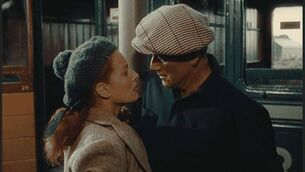Head for rocks... time to nab a crab
It wasn’t the first time I found them on coastal cliffs when they were nowhere present in the fields inland. Could it be the slightly higher coastal temperature or the relatively warm coastal fogs bring them on? In any case, these specimens have always been especially stocky, firm and unwormed, delicious on toast.
It was 16C that evening, and the fog was beginning to roll in. The water in the rock pools was warmish but there were no shrimps — which was most unusual — and just one rock pool fish, a somewhat dazed-looking two-inch long shanny that let me capture it in my cupped hands, much to the glee of my small grandson and his pal from the Czech Republic.














